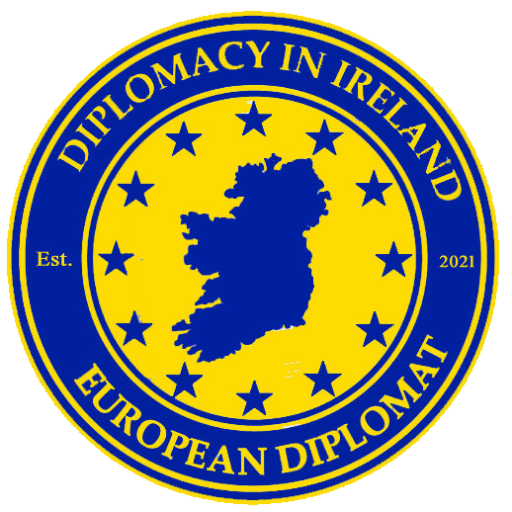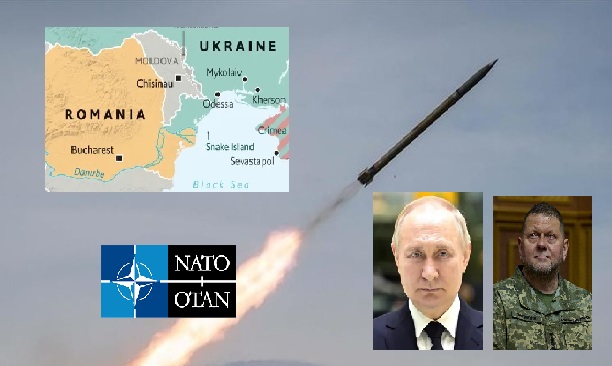by Miceál O’Hurley
CHIȘINĂU — Moldova’s Ministry of Defense announced this morning that a missile crossed its airspace. In a Statement released by the Ministry, it said “At 10.18am a missile crossed the airspace of the Republic of Moldova, over the town of Mocra in the Transnistrian region and, later, over the town of Cosauți in the Soroca district, heading towards Ukraine. The Ministry of Defence, with the responsible authorities in the country, carefully monitors the situation in the region, and strongly condemns the violation of the airspace of the Republic of Moldova.” The question immediately arises – did Russia attack Ukraine using illegally Russian-occupied territory in Moldova as a platform to launch an offensive missile? If proven, it could be the most provocative act against Moldova, Europe and NATO since Russia invaded Ukraine in 2014 and expanded their aggression on 24 February 2022. If Russia is willing to launch missiles from Moldova it would imply it is willing to strike Moldova. Last week Russian Foreign Minister Sergey Lavrov threatened that Moldova could become the “next Ukraine”.
Transnistria has been illegally occupied by Russia since 1990. The international community rejects any claims made by Russia concerning their occupation of Transnistria and recognises the region as the sovereign territory of Moldova.
If verified that Russia is now using Transnistria to launch attacks upon Ukraine it would indicate yet another escalation of Russia’s war on Ukraine. Despite its rhetoric that the West is escalating the conflict by providing weapons and humanitarian aid to Ukraine for its defense, Russia’s launching of missiles from Moldova, if verified, would constitute the most direct escalation of the conflict into Europe by their own hand.
Last Friday, Ukraine’s Commander-in-Chief of the Armed Forces, General Valeriy Zaluzhnyi, claimed 2-Kaliber missiles had been launched from Russian naval platforms on the Black Sea. According to Zaluzhnyi, the missiles entered Moldovan airspace before flying into Romanian airspace prior to re-entering Ukraine at the junction where the territory of Moldova, Romania and Ukraine meet. The Ukrainian claims have yet to be independently verified.
Such incursions by Russian missiles over Europe and NATO territory are not unique. On 10 October 2022 Romania’s Air Force detected 3-Russian missiles entering their airspace. Following the missiles for an hour, Romania was able to verify that the missiles were launched by Russian Federation forces from the west of the occupied Crimean Peninsula. The missiles overflew the sovereign airspace of Moldova where Russia maintains an illegal military occupation of the Transnistria region. There has been no public determination announced as to whether the missiles were launched from land or naval assets.
Romania is a NATO member having joined the bloc in 2004. The use of Romanian airspace by Russian forces to attack Ukraine, or threaten Moldova, might be considered a violation of Article 6 of the NATO Treaty which could trigger a mobilisation for mutual defense. Air sovereignty operations are conducted within the NATO Integrated Air and Missile Defence (IAMD) framework.
Normally NATO airspace sovereignty operations take the form of a peacetime deterrence mission that demonstrates NATO cohesiveness. Russia’s war on Ukraine has caused NATO to become more vigilant. Operationally, NATO member countries provide the necessary aircraft and assets for the air policing of their own airspace. This is done under the direction of the Supreme Allied Commander Europe (SACEUR). Those countries without the necessary means to adequately safeguard their airspace are augmented by other NATO members to preserve the integrity of their sovereign airspace.
NATO currently oversees five regional air policing missions. The radars of the Romanian Air Force that detected the Russian missiles are part of the national command and control system of Romania and NATO. Together they ensure the information and early warning of the military and political decision-makers in Romania and in the Alliance.
















































